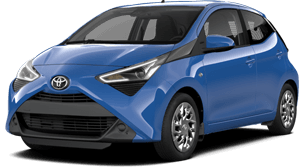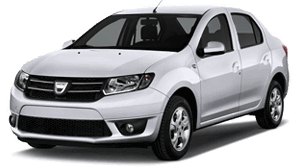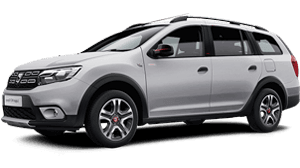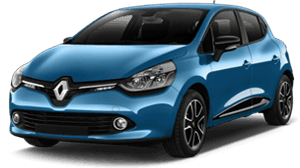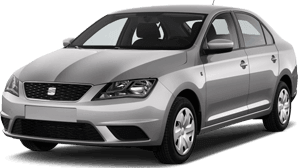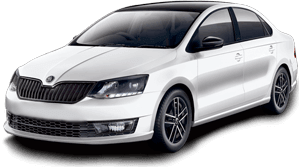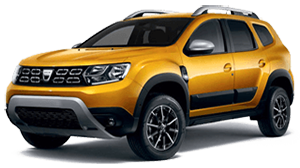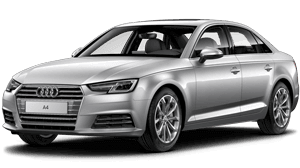Ce este pretul "de la"?
Pentru a calcula pretul exact si a vedea ce este liber completeaza o cerere de oferta. Pe site afisam doar pretul indicativ valabil pentru extrasezon / luna ianuarie, la perioade de +31 de zile, in varianta cu garantie standard de 1000-1500 euro in functie de clasa masinii si depozit blocat pe card de credit. Pentru a obtine rata aplicabila completati formularul de "estimare pret" si in functie de masina disponibila revenim cu tariful furnizorului unde este libera. Toate tarifele includ TVA si asigurare RCA si sunt valabile pentru masinile preluate in extrasezon (1 ianuarie 2024 - 31 martie 2024). Pentru oricare alte perioade, in sezonul estival, de Craciun sau de Paste, tarifele variaza masiv si pot fi mult mai mari. Completati formularul din pagina masinii dorite pentru a va calcula o oferta concreta de pret in functie de perioada de inchiriere dorita si disponibilitate.
Suceava is the second largest city of Moldavia, after Iasi, with a population of 92,121 inhabitants. From the administrative point of view, the city is the seat of the county with the same name. In medieval times it was an important city of the Principality of Moldavia.
Beginning with the reign of Peter I (1375-1391) until 1564 when Alexandru Lapusneanu moved the capital to Iasi, Suceava was the main citadel of the Moldavian principality.
Since 1775, Suceava and a part of northern Moldavia (Bucovina) fall under Austrian administration. Suceava was part of the Habsburg Empire for a century and a half, until 1919. An impressive event in the history of this region is the beginning of World War I, when many from Bucovina fled to Moldova in order to join the Romanian army.
Did you know that:
- The fortress of Suceava was never conquered?
- The building that houses the Museum of Ethnography today is a former medieval inn built in the last decades of the 16th century, and was also a hunting house to members of the imperial family during the Austrian occupation?
- In Suceava can be found the largest traditional Easter egg? It lies near the Bucovina Village Museum and it is made out of fiberglass.
Suceava City is located in north-eastern Romania, in the plateau with the same name, a subdivision of the Moldavian Plateau. The city is crossed by the river Suceava. The climate is temperate with temperatures and precipitation amounts close to the national average (11° C - average temperature and 500-600 mm - annual rainfall).
By far, the main tourist attraction of Suceava is the Fortress (documented in 1388). But only a kilometre and a half from the city, on top of the Zamca hill, there is another fortress - the Scheia Fortress (built in the late 14th century, during the reign of Peter I Musat). Besides Romanian fortresses, Suceava offers tourists two considerably old churches, the Church of St. Nicholas (built by Ilias, the son of Petru Rares) and the Church of Saint George - Mirauti (built with the first part of the fortress, in the 14th century, by Petru I Musat).
The city streets also host the buildings of four museums: the Museum of Natural Sciences, the Ethnographic Royal Inn Museum, the Bucovina Village Museum and the History Museum.






